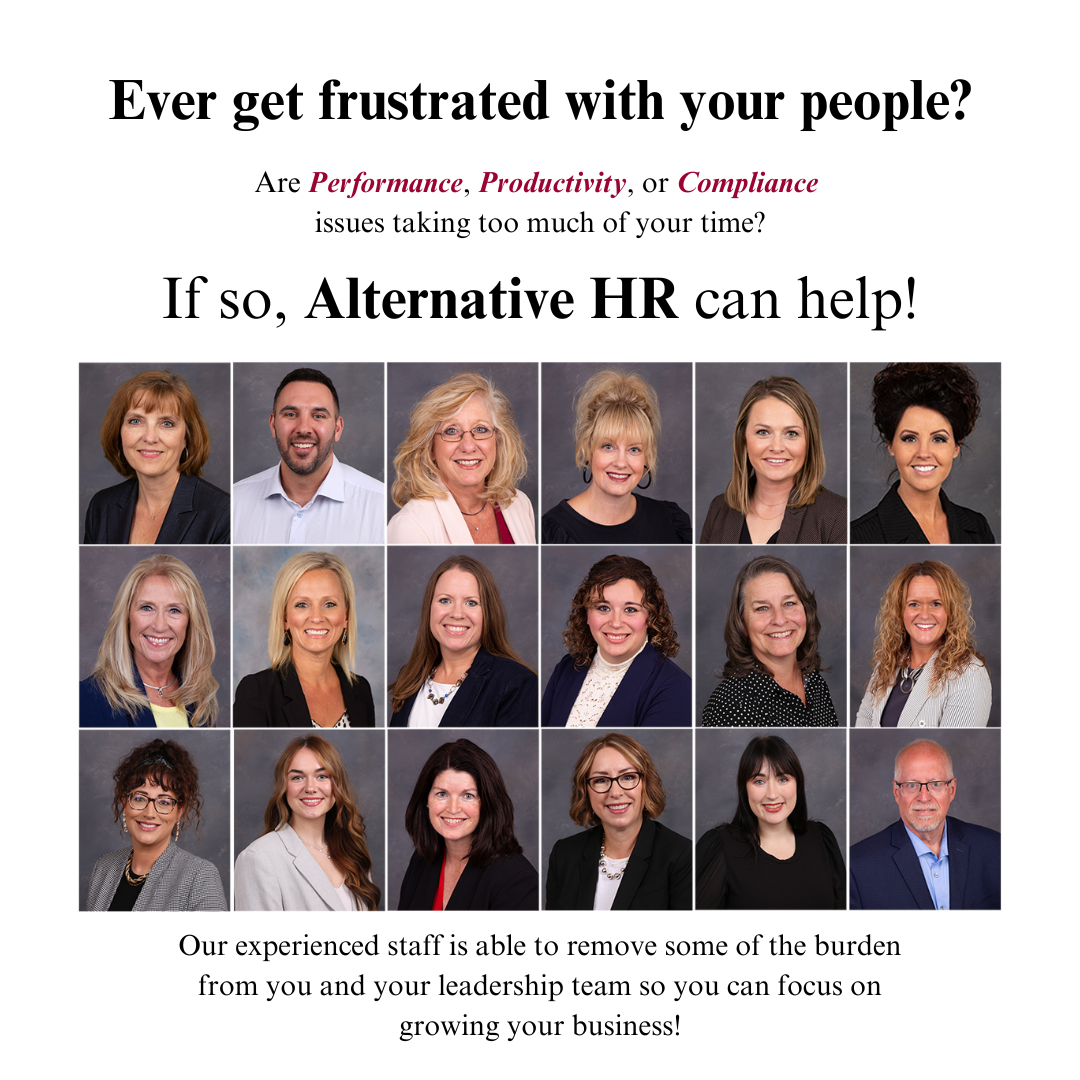When is Employee Turnover a Problem?
Employee turnover is the rate at which employees leave your organization. Your turnover rate can be an indicator of a problem, but your turnover cost is the real number you need to calculate. So, when is employee turnover a problem? The quick answer: when it costs you money – and most turnover does.
Turnover can be extremely expensive, but it’s not a number defined on your P&L. Add up the cost of experience lost, productivity lost, reduction in morale, payout of PTO or severance, the time a position remains unfilled, recruiting and hiring costs, onboarding and training time and expenses. Then multiply that number times the number of employees lost during that period. Those numbers are not always easy to calculate, but you can get the general idea that turnover can be costly.
On the other hand, some turnover is a net gain. When you have a person costing you money, the sooner you address that, the better. If you have an unproductive employee, for example, or a toxic employee, you are probably losing money you don’t even realize, and faster than you realize. That unproductive employee? Other employees are usually very aware of what’s going on, and frequently, their productivity tapers off because you’ve allowed this person to keep working for you with their bad habits. And the toxic employee? You’ve probably already lost people (and money), and maybe customers (more money), because of them.
One estimate from the Center for American Progress (CAP) is that the cost of replacement for highly-skilled employees averages over twice their annual salary. For hourly employees, estimates generally come in between 50% and 100% of annual compensation.
We look at two types of turnover: involuntary and voluntary.
Involuntary turnover refers to employees terminated from their positions, generally because of poor performance, violating policies or directives, layoffs, or just not fitting in well with the position or the organization. When involuntary turnover is high, it may be because you are not hiring the right people to begin with, so the chances of them being successful are not very high. Or, it may also be that your managers are not doing their job of training, communicating and leading.
Voluntary turnover refers to employees leaving of their own accord. It’s just as important to know why they are leaving, because those reasons frequently point to weaknesses in your organization: compensation, benefits, scheduling, management expectations, work environment, etc. Losing productive people is especially costly to your organization.
Zero turnover is not practical, and may not be entirely healthy. New ideas and new perspectives frequently come from new people. But when you are continually hiring people who aren’t making the grade, and when you are continually losing decent performers to other opportunities, you need to dig in, discover the causes, and make some changes.
For help calculating turnover, analyzing turnover, and lowering turnover, give Alternative HR, LLC a call at 1.888.335.8198 or e-mail in**@***********hr.com.











